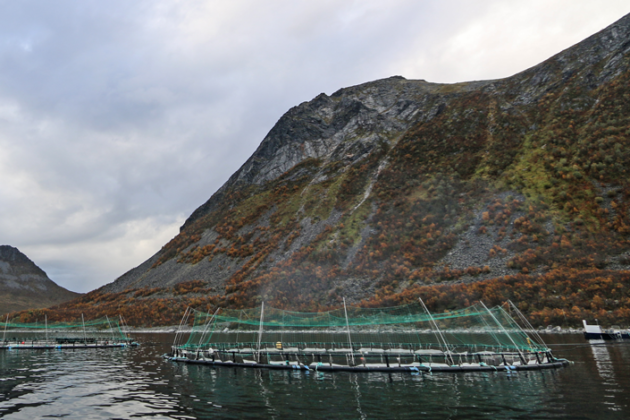Almost twice the cost to produce farmed salmon

Since 2005, production costs in the Norwegian fish farming sector have risen by almost 90 percent, according to a new report by Nofima and Kontali analyse.
The report, which was presented at the Havbrukssamlingen aquaculture conference in Bergen on Wednesday, was commissioned by the Norwegian Seafood Research Fund (FHF).
“The main drivers of this increase are the higher costs we see being incurred for feed, salmon louse and general fish health,” says researcher Audun Iversen of Nofima, one of the authors of the report.
The researchers have reviewed the production costs for salmon farmers in our competitor countries, and have analysed what these mean for the competitive outlook of the Norwegian fish farming industry.
The report addresses the cost development and the underlying causes in Canada, Chile, Scotland and the Faroe Islands.
The cost items in these countries are largely the same as those in Norway; feed and health costs, but to differing degrees. The various countries face different challenges with regard to salmon louse and other diseases.
“At the present time, only the Faroe Islands can point to lower production costs than Norway. The Faroe Islands and Norway benefit from the most cost-effective production set-ups, thanks to their favourable natural attributes, good biological results and larger, more efficient facilities,” says Iversen.
Publication
Contact person
Research areas
